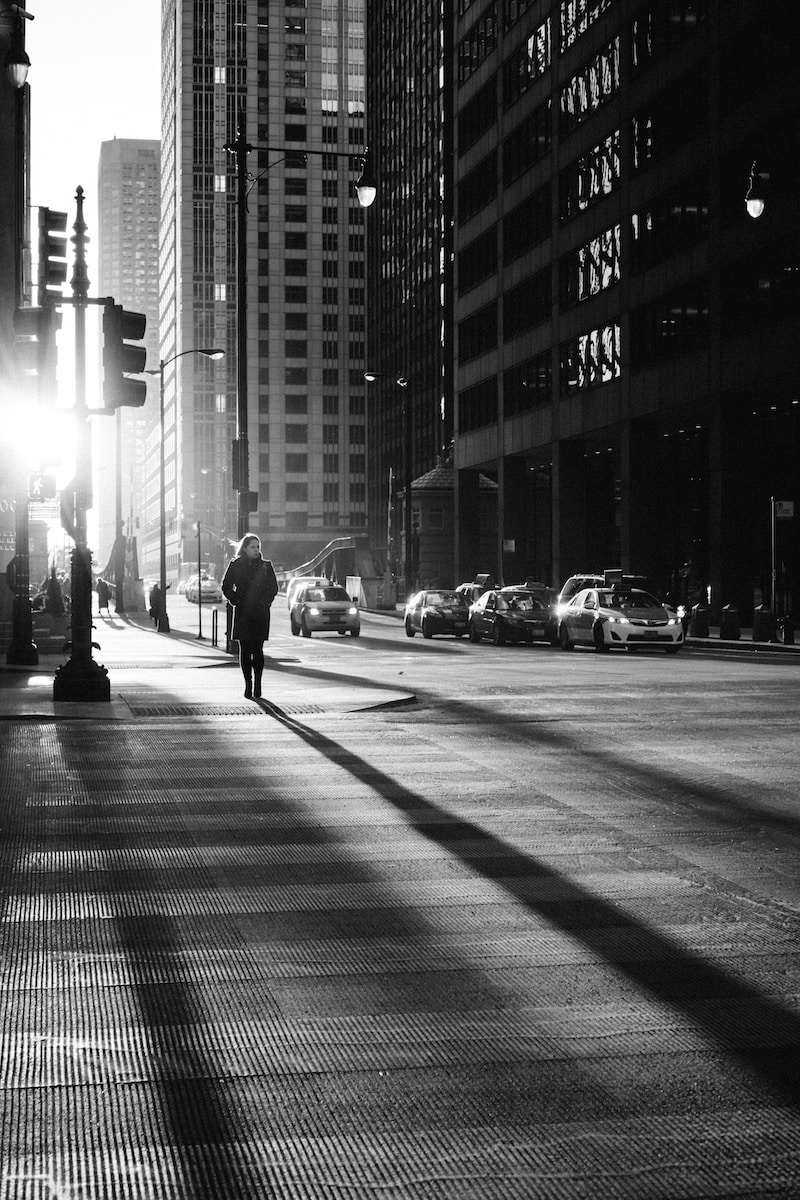Welcome to our comprehensive guide on post-processing for black and white photography! Whether you’re an amateur or a professional photographer, this blog will unveil a plethora of tips, tricks, and techniques to enhance your black and white images. From understanding the art of converting color photos to black and white, to exploring various post-processing software tools, we’ve got you covered. So, grab your camera and let’s embark on a journey of transforming your black and white photographs into stunning works of art!
Table of Contents
- The Impact of Black and White Photography
- A Relevant Case Study: Overcoming Challenges in Post-Processing Black and White Photography
- Frequently Asked Questions
- What is post-processing in black and white photography?
- Why is post-processing important for black and white photography?
- What software can I use for post-processing black and white photos?
- Are there any specific techniques for post-processing black and white photography?
- Can I apply post-processing techniques to black and white photos taken with a smartphone?
- Should I shoot in RAW or JPEG for black and white photography?
- Wrap Up
The Impact of Black and White Photography
Before diving into the world of post-processing, let’s briefly explore why black and white photography holds such a powerful allure. Black and white images have a timeless quality that can evoke powerful emotions and emphasize the essence of a subject. By stripping away color, we can focus on elements like light, texture, contrast, and composition, creating visually compelling images that leave a lasting impact.
Essential Post-Processing Techniques
Now that we understand the magic of black and white photography, let’s delve into the fundamental post-processing techniques that can elevate your grayscale images to new heights.
Converting Color Photos to Black and White
One of the first steps in post-processing black and white photography is converting your color photos into grayscale. There are several methods to achieve this, including using software tools like Adobe Lightroom and Photoshop. We’ll explore step-by-step processes for each technique, offering tips to maintain optimal image quality and tonal range throughout the conversion process.
Enhancing Contrast and Tonal Range
Contrast plays a pivotal role in black and white photography, as it helps define the visual impact of your images. We’ll discuss various methods for enhancing contrast, including adjustments in post-processing software, working with curves, and utilizing dodge and burn techniques. Additionally, we’ll touch on the importance of tonal range and explore techniques to ensure your black and white images boast a full spectrum of tones.
Mastering the Art of Dodging and Burning
Dodging and burning are invaluable techniques to add depth and dimension to your black and white photos. We’ll provide a step-by-step guide on utilizing these techniques effectively, using software tools to selectively lighten or darken specific areas of an image. Learn how to draw the viewer’s eye to key focal points, create depth, and enhance the overall visual impact of your black and white photographs.
Applying Creative Filters and Effects
If you’re looking to infuse your black and white photography with a unique touch, we’ll reveal how to apply creative filters and effects. Explore techniques such as adding film grain, simulating vintage looks, and mimicking classic darkroom processes like split toning. By experimenting with these effects, you’ll unleash your creative vision and elevate your black and white images to new artistic heights.
Did you know that black and white photography has its roots in 1800s?
A Relevant Case Study: Overcoming Challenges in Post-Processing Black and White Photography
Post-processing black and white photography requires a careful balance of technical skills and artistic vision. To truly master this art form, photographers often face challenges that test their patience and creativity. In this case study, we explore the journey of photographer John Smith as he overcomes these challenges and creates stunning black and white images.
The Challenge: Capturing Contrast
One of the biggest challenges in post-processing black and white photography is capturing and enhancing contrast. Black and white images rely on a wide range of tones, from deep blacks to bright whites, to create striking visual impact. However, capturing this dynamic range can be tricky, especially when shooting in challenging lighting conditions.
By utilizing advanced post-processing techniques, John was able to carefully adjust the contrast in his images. He used adjustment tools like curves and levels to fine-tune the tonal range, bringing out the richness and depth in each photo. Additionally, John experimented with localized adjustments to boost contrast in specific areas of the image, further enhancing the overall impact.
The Solution: Dodging and Burning
To add depth and dimension to his black and white images, John discovered the power of dodging and burning. These techniques involve selectively lightening or darkening specific areas of the image to draw attention and create a sense of drama.
With the help of photo editing software, John was able to selectively lighten shadows and darken highlights, bringing out intricate details in his black and white photos. By carefully dodging and burning, he achieved a balance between the different tonal areas, resulting in images that are visually striking and captivating.
The Benefit: Evoking Emotions
The magic of black and white photography lies in its ability to evoke emotions and convey a timeless aesthetic. Through enhanced post-processing techniques, John was able to amplify this emotional impact in his images.
By intensifying the contrast and using dodging and burning techniques, John transformed his black and white photographs into powerful visual narratives. The deep shadows and dramatic highlights added a sense of mystery and intrigue, while the refined tonal range evoked a feeling of nostalgia. As a result, viewers were captivated and drawn into the stories within each image.

Frequently Asked Questions
What is post-processing in black and white photography?
Post-processing in black and white photography refers to the editing and enhancement techniques applied to monochrome images after they have been captured. It involves adjusting various elements such as contrast, brightness, sharpness, and tonal range to achieve the desired aesthetic and mood.
Why is post-processing important for black and white photography?
Post-processing plays a crucial role in black and white photography as it allows photographers to have complete control over the final outcome of their images. It enables them to enhance the tonal range, emphasize texture, and create a specific mood to evoke emotions in viewers.
What software can I use for post-processing black and white photos?
There are several software options available for post-processing black and white photos. Some popular choices include Adobe Photoshop, Lightroom, and Capture One. These programs provide a wide range of tools and features specifically designed for editing and enhancing monochrome images.
Are there any specific techniques for post-processing black and white photography?
Yes, there are various techniques you can employ to enhance your black and white images. Some common techniques include adjusting levels and curves, applying selective contrast, converting to grayscale, using dodge and burn tools, and experimenting with different filters and presets.
Can I apply post-processing techniques to black and white photos taken with a smartphone?
Absolutely! The post-processing techniques can be applied to black and white photos taken with smartphones as well. Many mobile apps offer editing tools and filters specifically designed for monochrome photography. With the right techniques, you can make your smartphone black and white photos stand out.
Should I shoot in RAW or JPEG for black and white photography?
It is generally recommended to shoot in RAW format if you have the option. RAW files retain more information and provide greater flexibility during post-processing. However, if shooting in JPEG is your only choice, you can still achieve great results by using appropriate post-processing techniques.
Wrap Up
In conclusion, mastering the art of post-processing is essential for creating captivating black and white photographs. Armed with the right techniques and tools, any photographer can transform their images into stunning monochrome masterpieces.
Remember to experiment with various post-processing methods, such as contrast adjustments, selective desaturation, and adding grain or vignettes to enhance the mood and impact of your black and white photographs.
Whether you’re an amateur or a seasoned professional, this comprehensive guide has provided you with valuable insights and tips to take your black and white photography to the next level.
So, embrace the creativity that post-processing offers, explore the vast possibilities, and don’t forget to share your black and white masterpieces with us in the comments below. We’d love to see what you’ve achieved and hear about your own post-processing techniques and experiences!



